Common Problems with Electric Car: The automotive industry is undergoing a revolutionary shift (transformation) towards sustainable transportation with the rise of Electric Vehicles (EVs). While these eco-friendly alternatives provides many advantages over ICE Engine, but they are not without their challenges.
In this article, we will explore the Top 10 Common problems associated with Electric Cars and discuss potential solutions to address them.
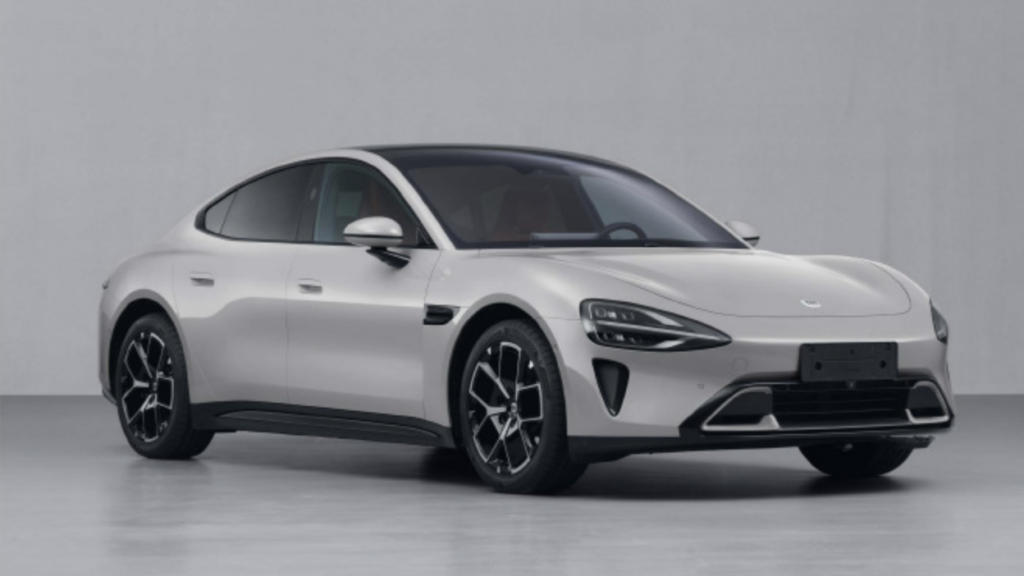 Problems with Electric Car
Problems with Electric Car
List Of Common Problems with Electric Car
1. Charging Time:
One of the primary concerns for electric vehicle owners is the time it takes to charge their cars fully. Unlike the quick process of refueling at a gas station, charging an electric vehicle is time-consuming. Overall goal is to minimize the time electric vehicles spend plugged in and charging, currently averaging at 85% of their lifetime, without compromising on their overall usage and efficiency.
Rapid advancements in charging technology and the development of high-capacity fast-charging stations are crucial to reducing charging times and improving the overall convenience of EVs and can resolve one of the problem with electric car.

2. Inconvenience in Charging:
Accessibility and convenience play a significant role in the widespread adoption of electric cars. The limited availability of charging stations, especially in certain regions, can be a major inconvenience for EV owners.
Governments and private entities need to collaborate to expand the charging infrastructure, making it more accessible and user-friendly.
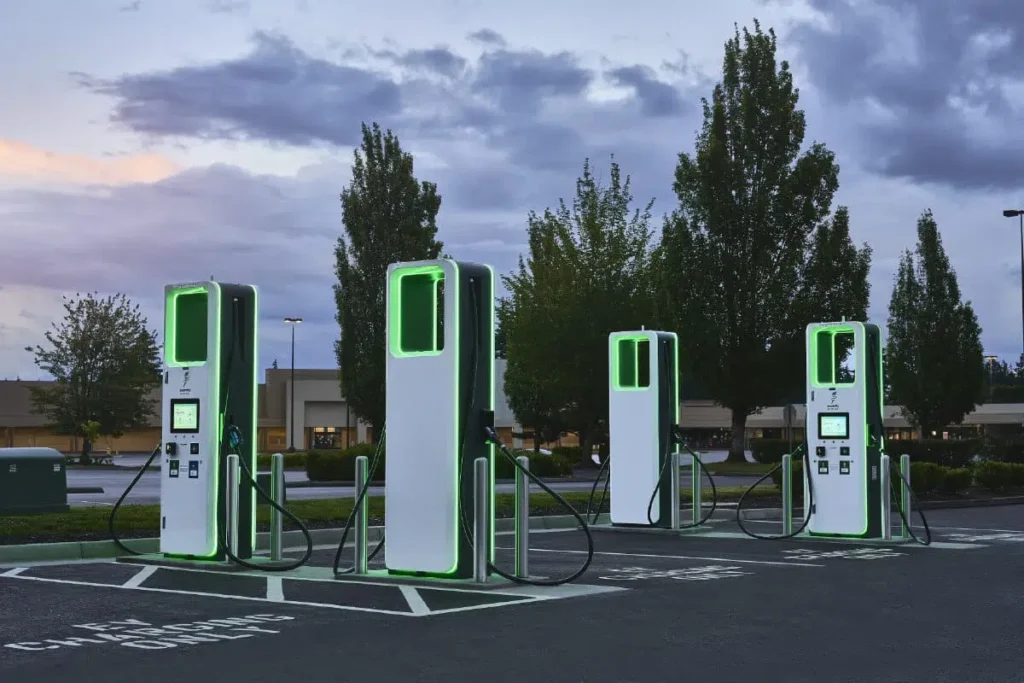
3. EV Cost and Battery Replacement Cost:
Electric Cars have very low costs for Driving and Maintaining when compared to the ICE car ,But initial cost of purchasing an electric vehicle is often higher than that of traditional combustion engine cars. Additionally, concerns about the long-term expense of battery replacement leads to the hesitancy among potential EVs buyers.
Incentives, subsidies by Government , and advancements in battery technology will be pivotal in driving down these costs and making EVs more financially attractive. So companies need to prioritize R&D for the more affordable, environment-friendly lithium ion alternatives batteries.

4. Range Anxiety:
Psychological Barrier for many potential EV buyers is Range anxiety, i.e. the fear of running out of battery power before reaching a charging station. Currently, In 2023, the electric vehicle with the longest range is set to be introduced by the startup Lucid, boasting an impressive 516 miles on a fully charged Battery, To be honest it’s a lot but In Your opinion is it practical? – I Think your answer will be NO .
Improvements in battery technology, increased charging infrastructure, and enhanced public awareness are essential to alleviate these concerns and boost confidence in the practicality of electric vehicles.

5. Use of Rare Earth Materials for Battery Manufacturing:
The production of electric vehicle batteries often involves the use of rare earth materials, which can have environmental and ethical implications.The incorporation of rare earth materials in electric vehicles presents challenges due to their limited availability and environmental repercussions.
These materials play a crucial role in crafting permanent magnets essential for electric motor production. Nevertheless, their prevalence in a select few nations gives rise to apprehensions regarding supply chain security and geopolitical dependencies. Potential disruptions in rare earth production have the capacity to significantly affect global electric vehicle manufacturing.
To foster sustainable growth in the electric vehicle industry, efforts are underway to diversify rare earth sources and explore alternative technologies. Research and development efforts should focus on finding alternative materials or recycling methods to reduce the environmental impact associated with battery production.
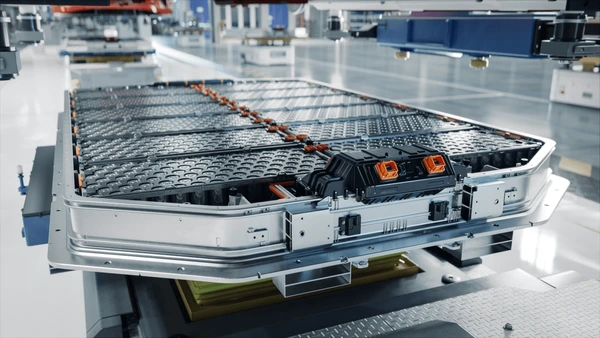
6. Performance in Extreme Weather:
Internal combustion engine (ICE) vehicles face limitations in extreme weather conditions, and electric vehicles (EVs) are no exception. In challenging weather, such as extreme cold or hot conditions, EVs experience a set of issues.Electric vehicles may experience performance issues in extreme weather conditions, particularly very high or low temperatures.
Charging rates slow down, and the overall range is significantly reduced. The drop in temperature can lead to lower tire pressure, contributing to increased energy consumption and dampening the vehicle’s efficiency. In cooler weather, EVs tend to consume more energy, resulting in up to a 20% reduction in overall efficiency during extreme weather conditions. Both ICE and EVs encounter operational challenges when faced with the harsh realities of extreme temperatures.
Continued research and innovation in battery technology will be vital to improving the overall performance and reliability of electric cars, ensuring they remain efficient in diverse climates.
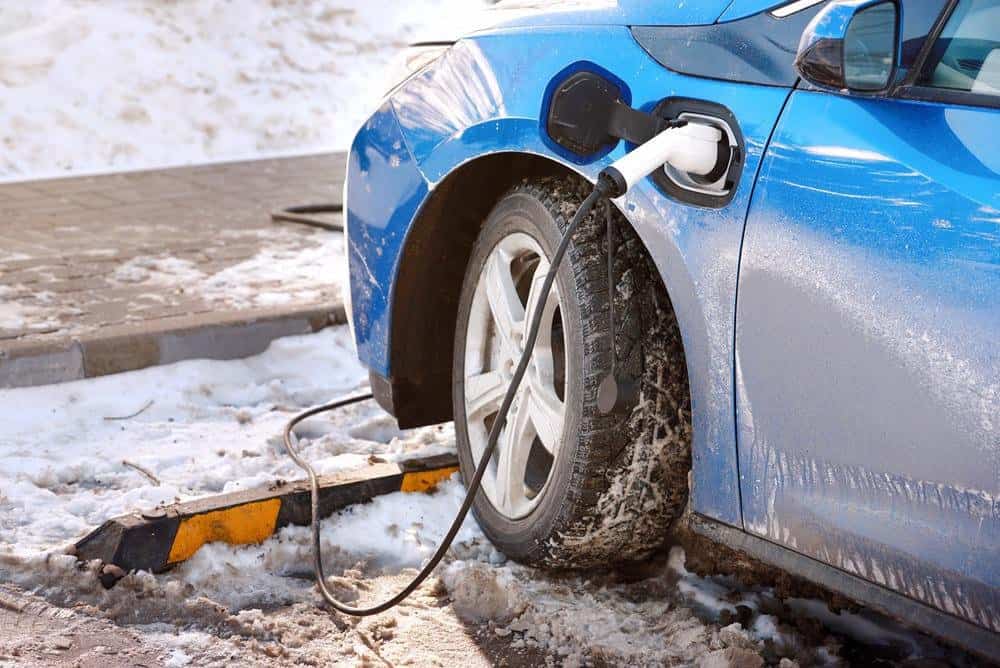
7. Lack Of Charging Infrastructure:
The lack of a comprehensive charging infrastructure remains a significant hurdle for the widespread adoption of electric vehicles.
In the United States, Tesla has emerged as a dominant force in the electric vehicle industry. Despite the presence of industry-standard connectors such as CCS and CHAdeMO, Tesla has taken a unique approach by establishing its proprietary charging infrastructure known as “Tesla Superchargers.” While this strategy has contributed to Tesla’s success, there are concerns about the potential challenges it may pose in the future.
The adoption of Tesla Superchargers by the majority could lead to power concentration, where a single company controls a significant portion of the charging infrastructure. Historically, such concentration has raised concerns about competition, accessibility, and interoperability. If other electric vehicle manufacturers are compelled to adopt Tesla’s charging standards, it might create a less diverse and potentially less competitive charging ecosystem.
Governments, businesses, and communities must collaborate to invest in and develop an extensive charging network, making electric cars a practical choice for consumers.
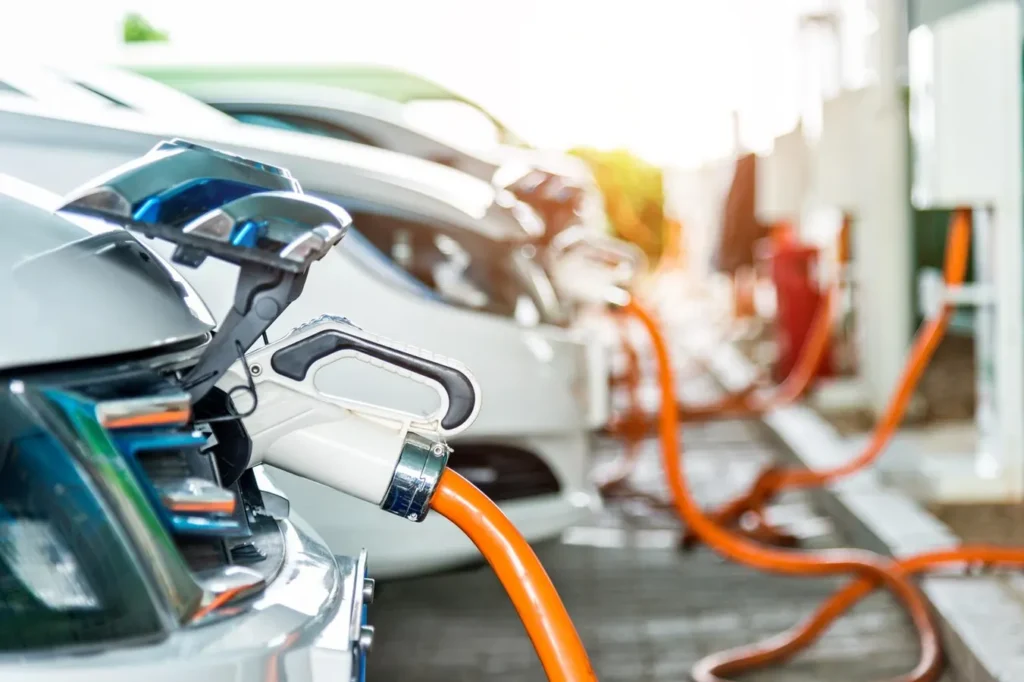
8. Battery Disposal:
Disposing of electric vehicle (EV) batteries comes with a significant cost. While EV batteries remain relevant for secondary uses after their primary life in vehicles, there comes a point when they must be properly handled. Unlike discarding a banana peel, simply disposing of a lithium battery is not an option due to potential ecological harm and safety hazards. End-of-life batteries, if improperly discarded, can emit harmful fumes or pose a fire risk without any warning, underscoring the importance of responsible and regulated disposal practices.
As electric vehicle batteries reach the end of their life cycle, proper disposal and recycling become crucial to prevent environmental damage. Developing efficient and environmentally friendly methods for recycling and reusing batteries is essential to minimize the ecological footprint of electric vehicles.

9. Not Truly Green Vehicles:
While electric cars produce zero emissions during operation. While electric vehicles (EVs) don’t emit harmful gases from exhaust systems, unlike internal combustion engine (ICE) vehicles, achieving true sustainability requires considering the carbon footprint left by EV manufacturing. Surprisingly, the production of an EV results in nearly 8 tons of carbon footprint, nearly double that of manufacturing an ICE vehicle.
This substantial carbon footprint stems from various stages, including battery manufacturing, extraction of crucial elements, and operation of production plants. Ironically, this environmental impact undermines the core goal of the EV revolution. Addressing this issue requires a shift towards more sustainable and eco-friendly practices throughout the entire lifecycle of electric vehicles. The transition to renewable energy sources for electricity production and advancements in sustainable manufacturing practices will contribute to making electric vehicles more genuinely eco-friendly.
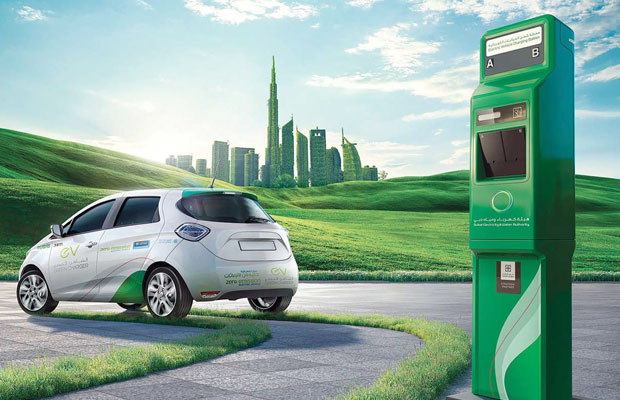
10. Repair Problems, Limited Mechanics:
There is a notable lack of knowledge about electric vehicles in the market, and this gap is even more pronounced among the general population. In the unfortunate event of a breakdown with an internal combustion engine (ICE) vehicle, finding a nearby car repair facility is often a straightforward solution. However, the scenario is different for electric vehicles (EVs).
If an EV breaks down during a journey, the only viable option is typically to visit the specific service center of the EV manufacturer. Unlike traditional ICE vehicles, there is a shortage of highly skilled mechanics proficient in repairing electric cars, further highlighting the unique challenges faced by EV owners in terms of maintenance and repair services.”. Expanding training programs and increasing the number of certified mechanics specializing in electric vehicles will address this issue, ensuring adequate support for EV owners.
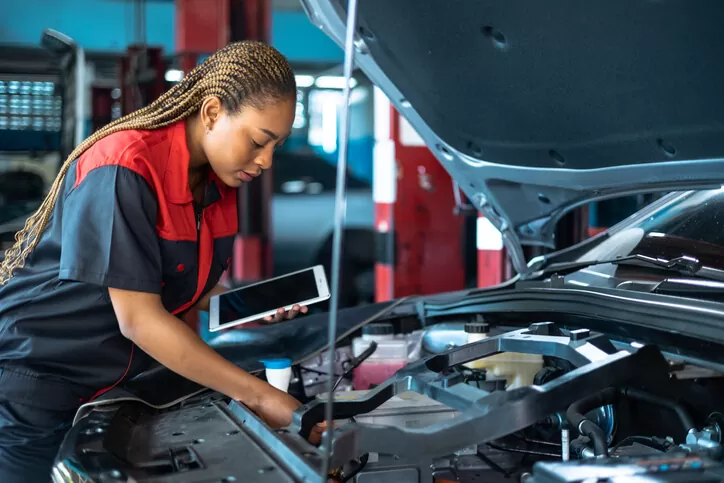
Conclusion
Common Problems with Electric Car: Despite the challenges outlined above, the future of electric vehicles looks promising. Ongoing research, technological advancements, and collaborative efforts across various sectors will pave the way for a more sustainable and efficient electric vehicle ecosystem. As these issues are addressed, electric cars will continue to gain popularity, contributing to a greener and more sustainable transportation future.

